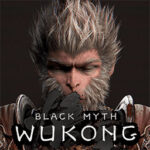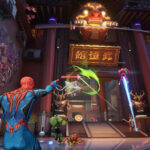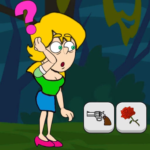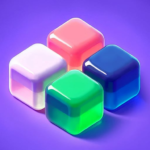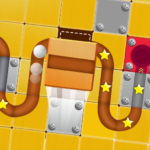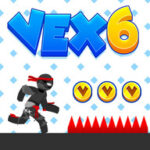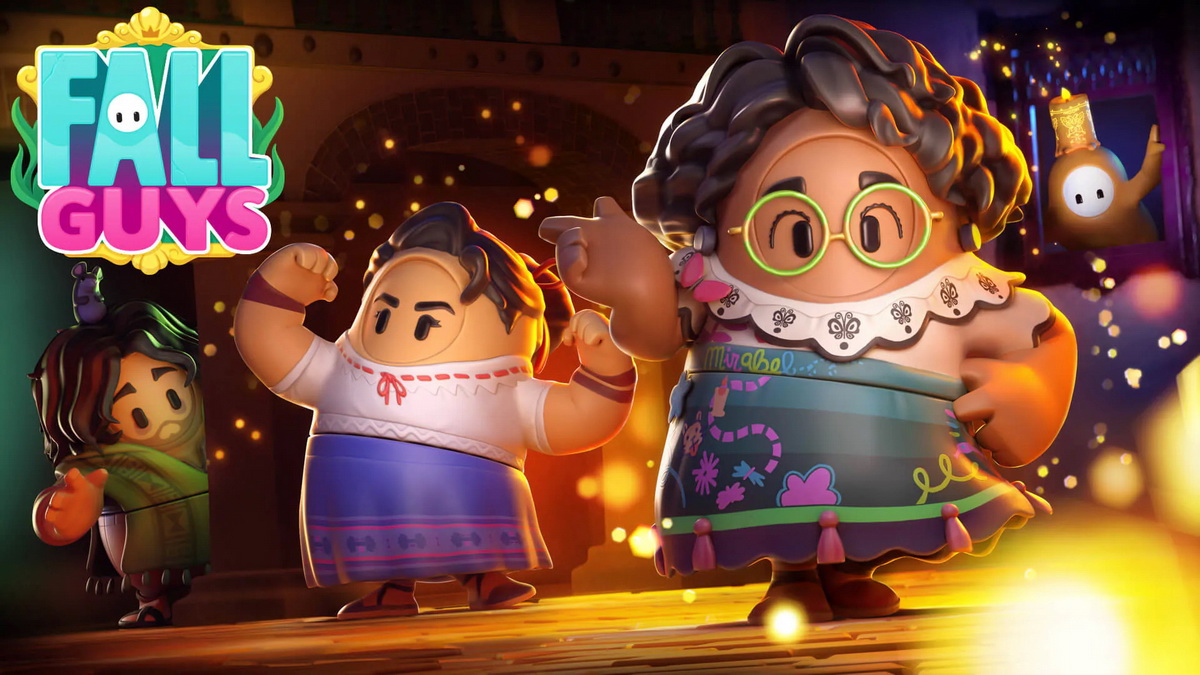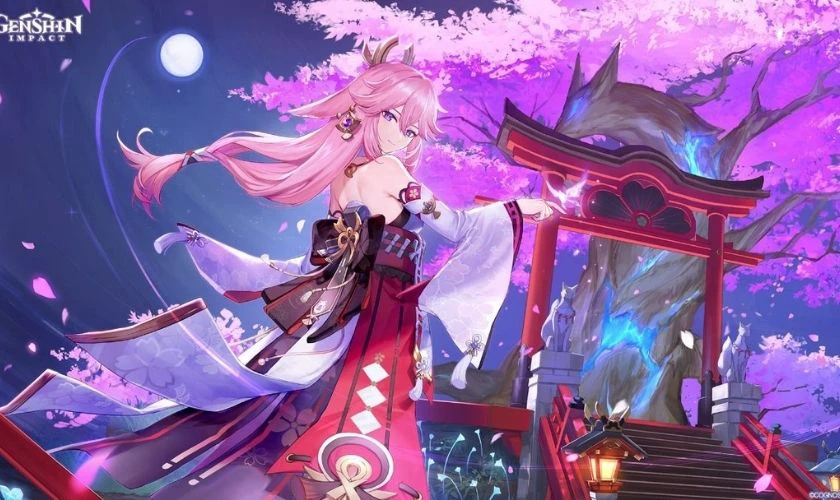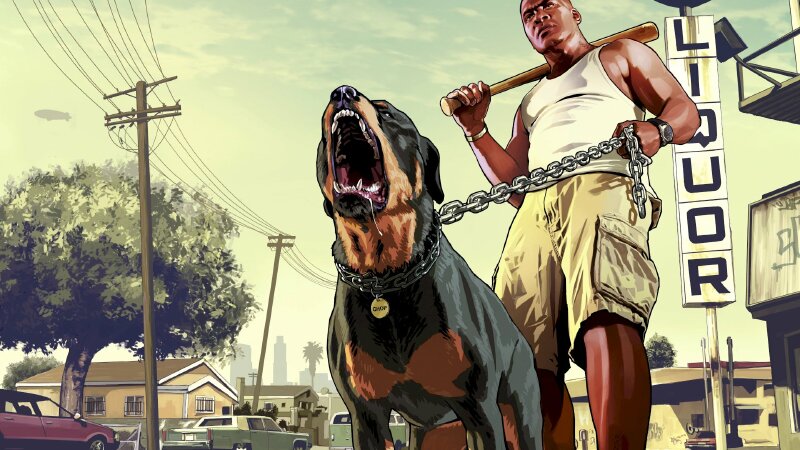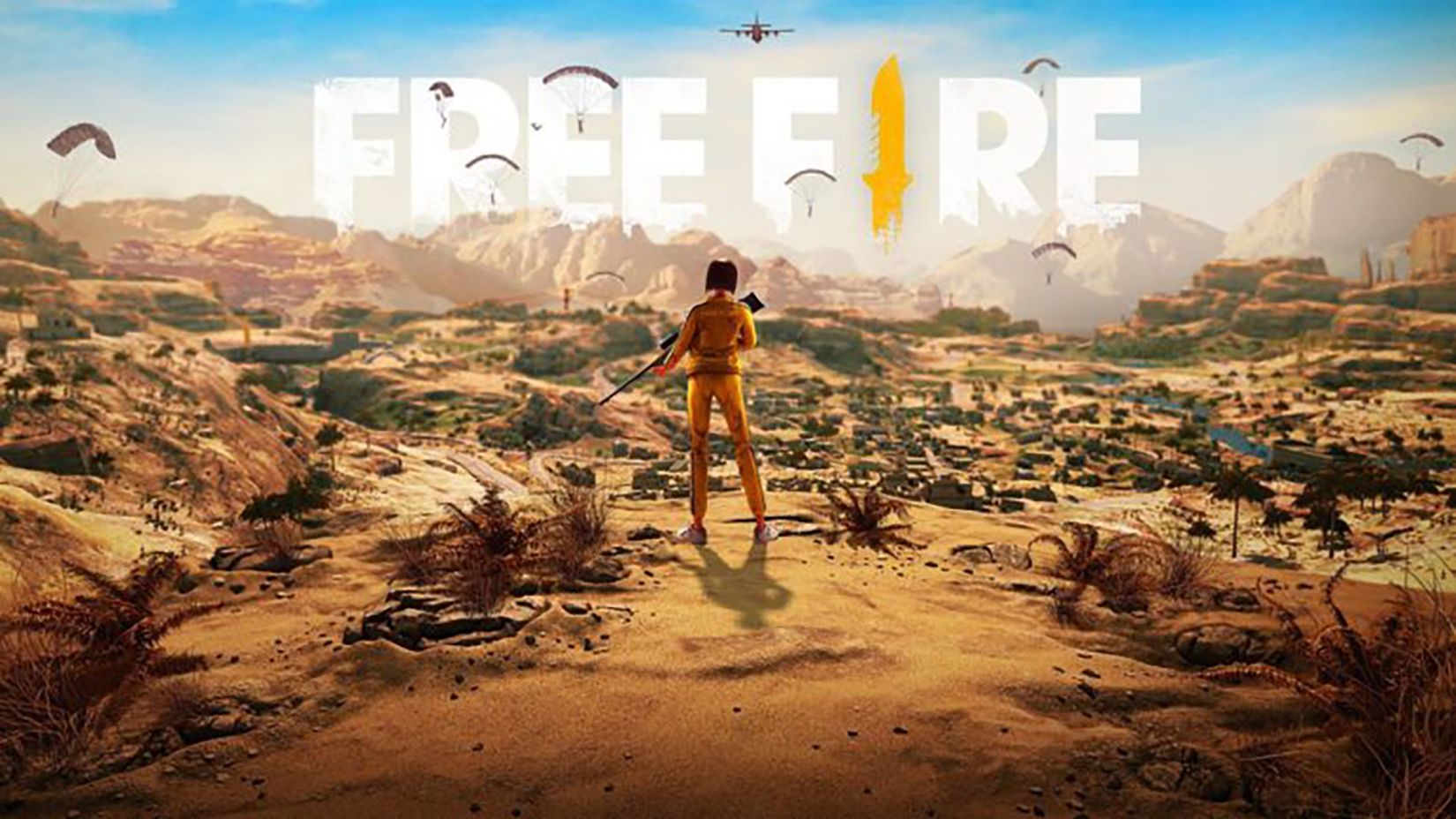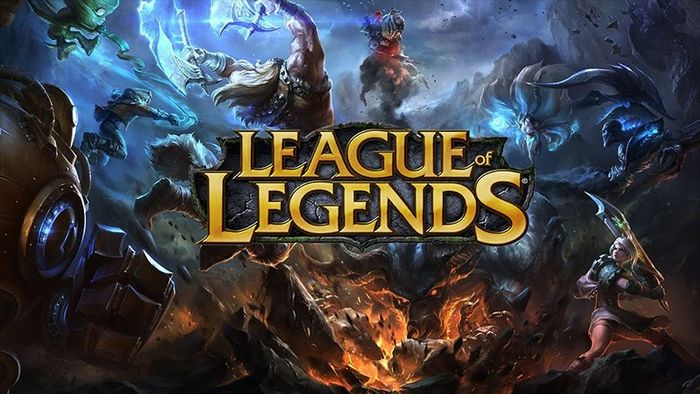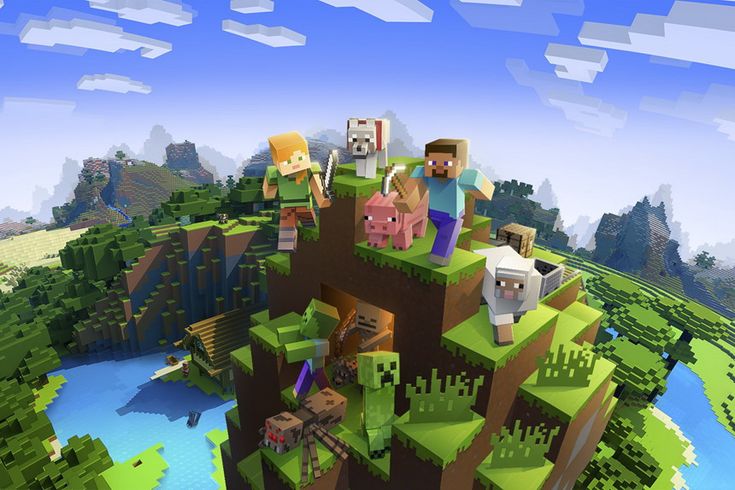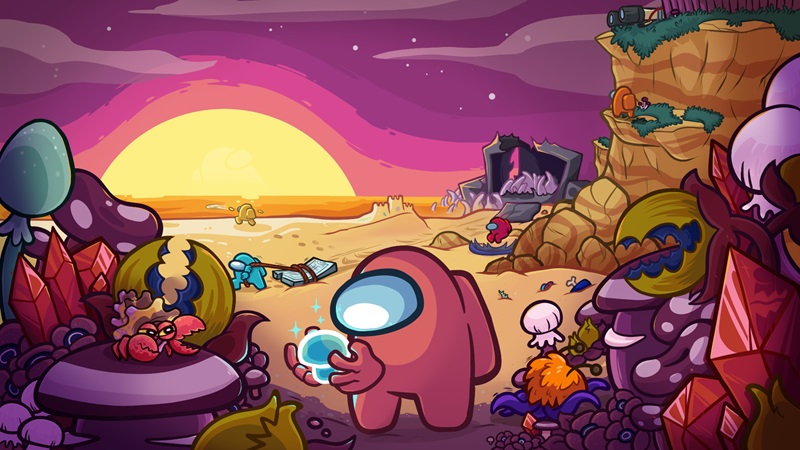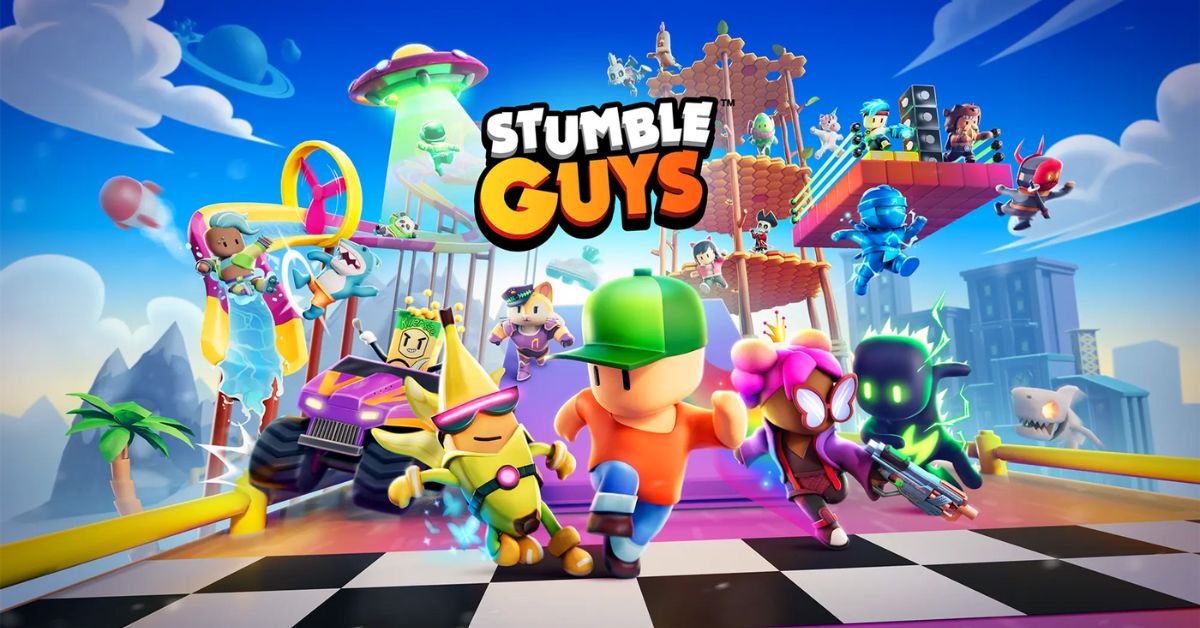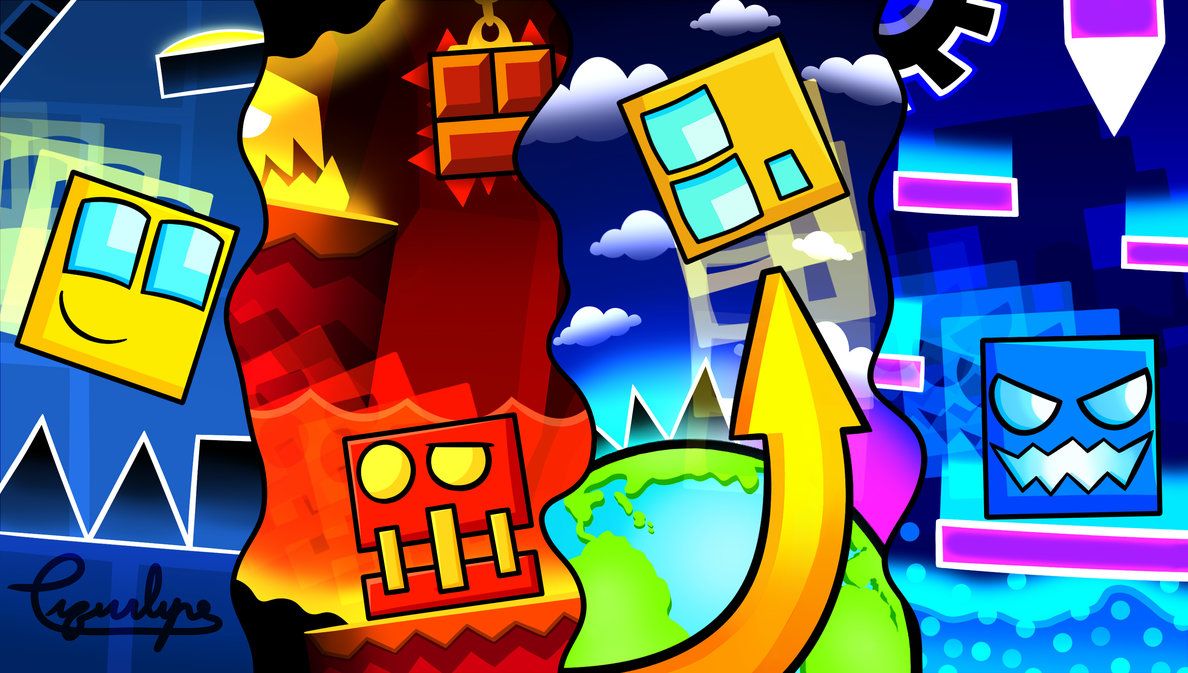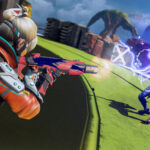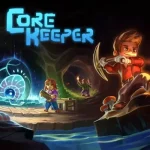The Birth of a Gaming Phenomenon
Minecraft began as an independent project by Markus “Notch” Persson in 2009. Initially a basic building and survival game with rudimentary blocks, it quickly evolved through community feedback. Mojang Studios officially launched the full version in 2011.
Microsoft acquired Mojang in 2014, providing resources to expand Minecraft’s scope. Today, the game continues to grow with regular updates, spin-offs, and an extensive ecosystem of mods and servers.
Core Gameplay Mechanics
Minecraft is fundamentally a sandbox game where players manipulate a 3D world made entirely of cubes. Its key gameplay elements include:
-
Mining resources by breaking blocks
-
Crafting tools, weapons, and structures
-
Building anything from simple homes to intricate castles
-
Exploring varied biomes like forests, deserts, and oceans
-
Surviving by managing hunger, health, and hostile mobs
This core loop invites endless creativity balanced with survival challenges.
Game Modes: Survival, Creative, and Beyond
Minecraft offers several gameplay modes:
Survival Mode
Players start with nothing and must gather resources to build shelter, craft tools, and defend against mobs like zombies and skeletons. The environment cycles through day and night, with night spawning more dangerous enemies.
Creative Mode
Players have unlimited resources, can fly, and cannot die. This mode is perfect for artists and builders to focus purely on creation without threats.
Adventure Mode
Designed for custom maps and story-driven gameplay, Adventure Mode restricts block breaking to encourage puzzle-solving and exploration.
Spectator Mode
Players can fly freely and observe without interacting with the world, useful for exploring and streaming.
The Minecraft World: Biomes and Dimensions
Minecraft’s vast world consists of biomes—distinct environments with unique plants, animals, and blocks, such as:
-
Forests, jungles, deserts, and tundras
-
Swamps with slime mobs
-
Oceans with coral reefs and shipwrecks
Minecraft also features dimensions that players can travel to:
-
The Nether: a dangerous lava-filled hellscape with unique resources
-
The End: home to the Ender Dragon boss and endgame content
These realms add depth and variety to exploration.
Crafting and Redstone Engineering
Crafting is central to Minecraft’s gameplay, requiring players to combine raw materials in various recipes to create tools, weapons, and items.
Redstone: Minecraft’s Electrical System
Redstone dust acts like electrical wiring, enabling players to build complex machines such as:
-
Automated doors
-
Traps and defenses
-
Calculators and clocks
-
Even rudimentary computers
This has given birth to a sub-community of engineers and inventors within the game.
Multiplayer and Community Servers
Minecraft’s multiplayer capabilities allow players to join servers ranging from casual mini-games to massive roleplay worlds or economy servers.
Popular Server Types
-
Survival multiplayer with player cooperation and PvP
-
Creative building servers for collaborative projects
-
Mini-games like parkour, spleef, and PvP arenas
-
Roleplaying servers with custom storylines and events
Minecraft communities have grown into vibrant social hubs, fostering creativity and friendship.
Mods and Customization
One of Minecraft’s strengths is its modding community. Mods (modifications) add new blocks, creatures, gameplay mechanics, and even entire new game systems.
Popular mods include:
-
Optifine: improves graphics and performance
-
Thaumcraft: magical content
-
IndustrialCraft: technology and machinery
-
Biomes O’ Plenty: adds dozens of new biomes
Players also create custom skins, texture packs, and maps, extending the game’s replayability.
Educational Uses of Minecraft
Minecraft is widely used as an educational tool worldwide, thanks to its creative, problem-solving, and collaborative gameplay.
Minecraft: Education Edition
A tailored version for classrooms offers features like:
-
Coding lessons with block-based programming
-
Historical recreations
-
Environmental science exploration
-
Teamwork and communication exercises
It has become a staple in teaching STEM and digital literacy.
Updates and Future of Minecraft
Minecraft regularly receives updates adding content, fixing bugs, and improving performance. Recent updates have introduced:
-
New mobs like the axolotl and goat
-
The “Caves & Cliffs” update expanding underground and mountain biomes
-
New blocks, tools, and mechanics
Mojang is committed to evolving Minecraft while preserving its core identity.
Cultural Impact and Legacy
Minecraft’s influence extends far beyond gaming. It has inspired:
-
Countless YouTube creators and Twitch streamers
-
Merchandise, books, and spin-off games
-
Educational programs and museum exhibits
-
Large-scale community events and competitions
It has become a cultural icon representing creativity and imagination in the digital age.
Conclusion: The Endless Block-Building Adventure
Minecraft is more than just a game — it’s a global platform for creativity, learning, and community. Its simple premise belies a deeply rich experience where players can build, explore, and survive in infinite ways.
From solo builders crafting dream homes to massive multiplayer servers hosting thousands of players, Minecraft’s flexibility and openness continue to captivate new generations. With ongoing updates and an engaged community, the blocky world of Minecraft shows no signs of slowing down.
Whether you want to unwind by building beautiful structures, embark on daring adventures, or experiment with complex redstone machines, Minecraft offers a playground limited only by your imagination.



